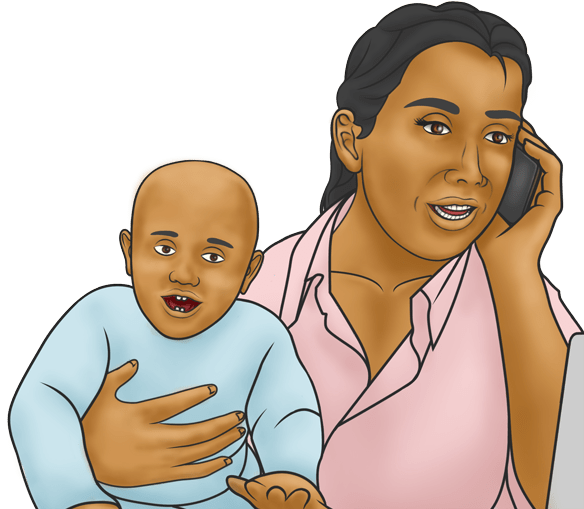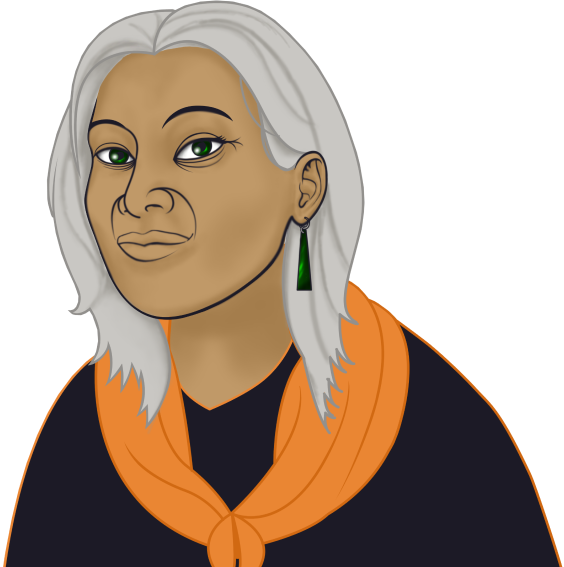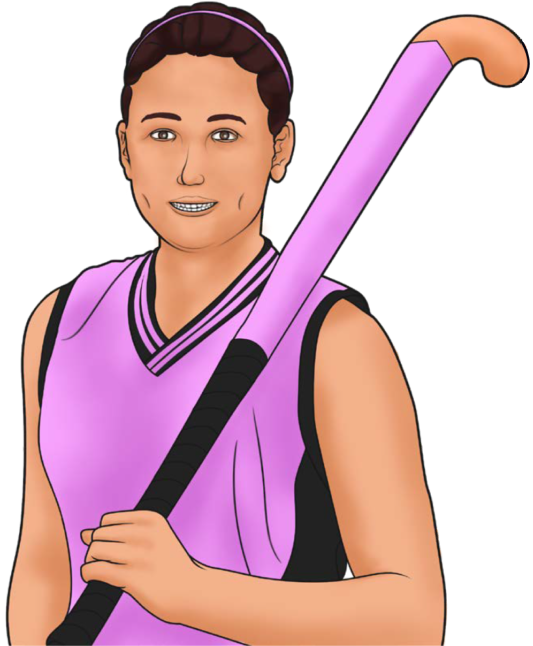
Why are we doing Tairāwhiti wellbeing surveys?
Wellbeing data is captured nationally by Stats NZ, but this data is not an accurate reflection of our region.
A relatively low number of people are surveyed here and because of this, Tairāwhiti data is often lumped in with the Hawke’s Bay which has a larger sample size.
From a statistics perspective, our numbers are small and local representation is weak. This means the data captured to date hasn’t accurately reflected our region and our people, which is why we need to collect our own data.

What wellbeing data is already collected and how will the Tairāwhiti Wellbeing Survey improve this?
The Tairāwhiti Wellbeing Survey is a condensed version of the Government-funded NZ General Social Survey (NZGSS), which is rolled out every two years by Stats NZ. The NZGSS captures how respondents feel about their life by asking them to rate different aspects of wellbeing. Between 8000 to 9000 people are usually surveyed.
Visit Stats.govt.nz to read the 2021 Wellbeing statistics.
Through the Tairāwhiti Wellbeing Survey, we are increasing our response numbers to create a good sample size that accurately reflects Te Tairāwhiti. It means the data won’t be skewed with other regions and we have our own data that can be compared to national wellbeing data. On this website, you will see the data and insights gathered from the first two Tairāwhiti Wellbeing Surveys.

What is covered in the Tairāwhiti wellbeing survey?
Like the NZGSS, the Tairāwhiti Wellbeing Survey asks respondents questions about how they are doing. This includes rating your health and the wellbeing of your whānau. It asks you to rate how satisfied you are with your job, whether you think your household earns enough money to live from week to week, and what you think of your local environment.
The survey has gone through independent cognitive testing to ensure respondents fully understand the questions and can answer them accurately.

How is the survey data being used and played back to the community?
The data is combined to provide wellbeing insights about Te Tairāwhiti and the results are available for everyone to access. The data dashboards allow users to filter out the data by survey area (coast, urban or country), gender, age group, ethnicity, employment status or iwi. Each data set is categorised under six muka (outcomes) as set out in He Rangitapu He Tohu Ora, the Trust’s wellbeing framework.
Insights are supporting our whānau, communities and organisations to better understand what the wellbeing of our region looks like at a collective level. The survey findings are helping Trust Tairāwhiti to understand the needs of our communities and to make well-informed investment decisions. The Trust's ultimate aspiration is to enhance the collective wellbeing of Tairāwhiti and having accurate data is an essential foundation for this.
Previous survey data has been used by a range of local and national organisations, including Gisborne District Council, Manaaki Tairāwhiti, Te Whatu Ora, New Zealand Treasury, Auckland University, Kāinga Ora, New Zealand Institute of Economic Research and Wellbeing Alliance Aotearoa.

How often will the Trust carry out the Tairāwhiti Wellbeing Survey?
This is a longitudinal project for us. We plan to roll it out every year or two years over a long-term period so we can see trends, identify needs and understand the impact of Trust investments.

How is tairāwhit Wellbeing Survey data protect and manage
We do not capture any information in the Tairāwhiti Wellbeing Survey that can be used to individually identify any survey respondent.
We use the Zoho platform to hold all survey data. The servers are based in Australia and all data is governed by the General Data Protection Regulation (GDPR) rules, with compliance automatically enforced via the Zoho platform.
Here are further links to our platform security and privacy policy.
How we handle your Data
Security at Zoho
Compliance at Zoho
Privacy Policy